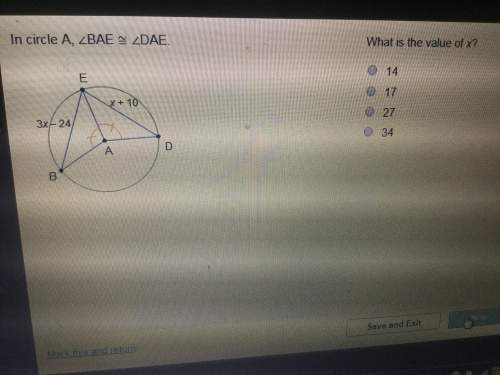
Mathematics, 21.04.2020 17:28 ramjand7853
Amy is doing a science experiment on how a certain bacterium reacts to an antibiotic. She has 3 dishes of identical bacterium samples with 15 bacteria in each dish. She gives an antibiotic to all of the bacteria in one dish. All of the treated bacteria died, and the bacteria in the other two dishes survived.
Is there a sampling bias in the situation above?
A.
There is not enough information.
B.
No. All 3 dishes are filled with the same number of identical bacteria.
C.
Yes. The antibiotic may not work on the other bacteria.
D.
Yes. The bacteria in the other 2 dishes are different than the treated bacteria.

Answers: 1


Other questions on the subject: Mathematics

Mathematics, 21.06.2019 17:30, kruzyoungblood8
When a rectangle is dilated, how do the perimeter and area of the rectangle change?
Answers: 2

Mathematics, 21.06.2019 18:00, lovemykay2355
If f(x) = 4x – 3 and g(x) = 8x + 2, find each function value a. f[g(3)] b. g[f(5)] c. g{f[g(-4)]}
Answers: 3

Mathematics, 21.06.2019 18:00, afolmar2006
Write an equation for the function that includes the points (1,4/5) and (2,2/3)
Answers: 1

Mathematics, 21.06.2019 19:30, leannamat2106
Which statements are true? check all that apply. the line x = 0 is perpendicular to the line y = –3. all lines that are parallel to the y-axis are vertical lines. all lines that are perpendicular to the x-axis have a slope of 0. the equation of the line parallel to the x-axis that passes through the point (2, –6) is x = 2. the equation of the line perpendicular to the y-axis that passes through the point (–5, 1) is y = 1.
Answers: 1
You know the right answer?
Amy is doing a science experiment on how a certain bacterium reacts to an antibiotic. She has 3 dish...
Questions in other subjects:




Mathematics, 28.04.2021 01:00



English, 28.04.2021 01:00






